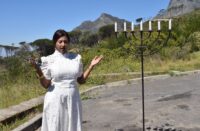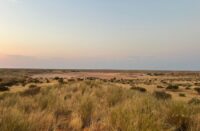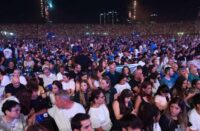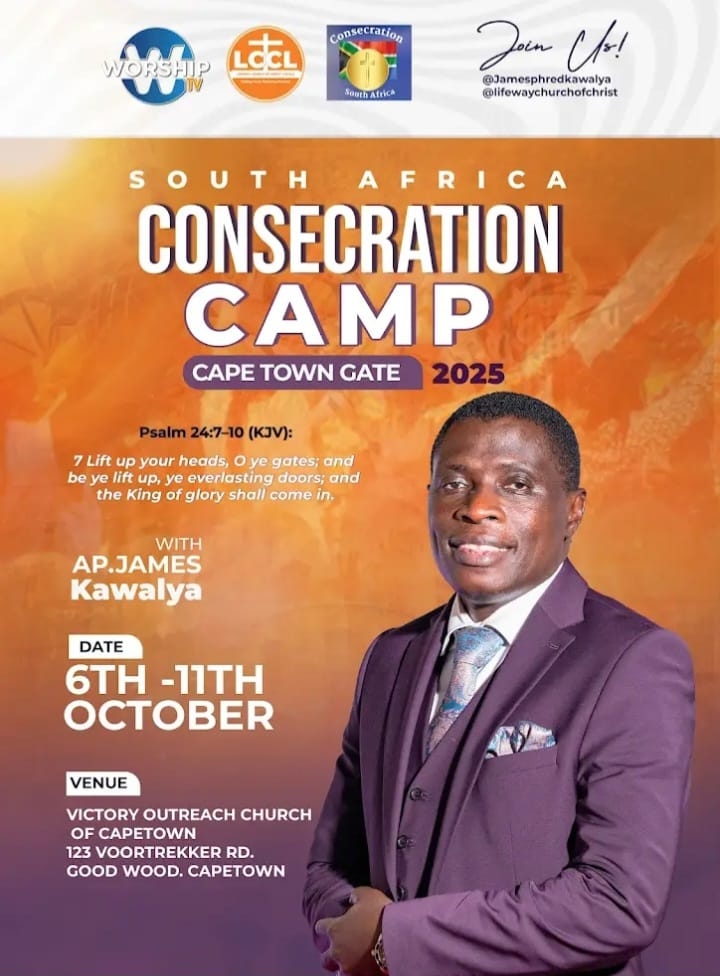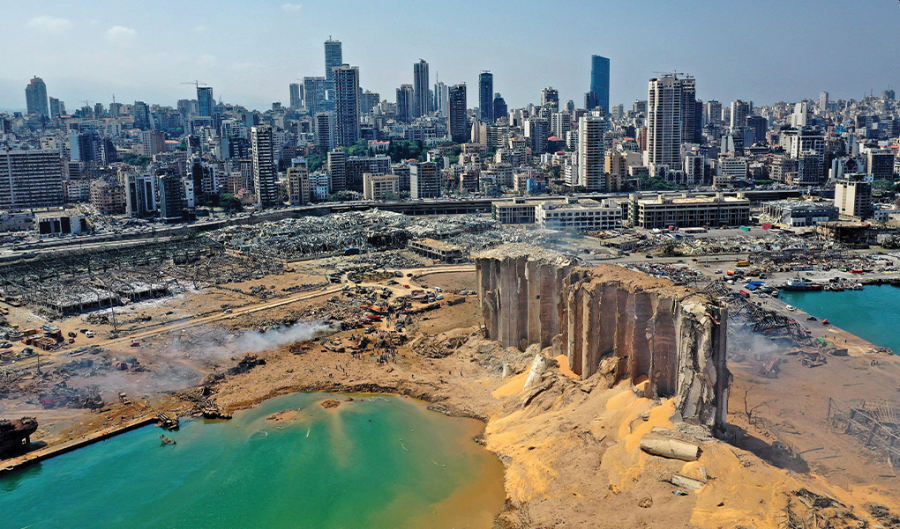
By Mindy Belz — Originally published in World Magazine
Welcome, this is my summer resort now,” says Joy Mallouh, spreading his arms wide as I enter his office. The second-floor room with tall windows on two sides is bright with August sun, and airy because all the windows are blown out. Shards of glass still poke from metal window frames. Plasterboard walls are cracked and buckled. Through the open windows, the sounds of sanding and sawing rise to us, as workers below repair broken doors and pews.
Mallouh’s Church of God is one of many churches heavily damaged in the Aug. 4 explosion at Beirut’s main port, a blast that struck at the heart of Christian neighborhoods in East Beirut. The church sits just a half-mile from the warehouse where several thousand tons of ammonium nitrate ignited, sending a mushroom cloud over the city and a pressure wave faster than the speed of sound. It stormed through buildings within a 10-mile radius.
That day Mallouh left his office around 5 p.m. to go to the bank, then to his parents’ home in the hills above Beirut. Traffic was heavy, and Mallouh with his wife reached his parents’ home shortly before 6 p.m. “We brewed coffee and sat on the balcony when we felt the earth shaking. … I stood up because during the Lebanese war I watched bombardments that sounded like this. Then there was a second shaking like a bomb and then a third blast that was really scary.”
Mallouh’s 23-year-old son called him from the apartment adjacent to the church. He trembled as he spoke: “I don’t know what’s happened, but it is like a nuclear bomb here.”
Even for Lebanese who survived decades of wars, the Aug. 4 blast is the most terrifying moment of their lives. Scientific analysts believe it is the third-largest industrial disaster ever involving ammonium nitrate and one of the largest non-nuclear blasts in history. It left a 160-acre scar near the seaport that’s a lifeline for millions. By late August, the death toll stood at 181, according to Lebanon’s Ministry of Health, with 30 people missing and more than 6,000 injured. The blast directly affected 300,000 people in a city of 2 million. It devastated neighborhoods near the port, a center for the city’s Christian population. Many blame Lebanon’s corrupt government for the disaster, and Beirut’s residents are demanding long-term change even as they dig themselves out from under rubble.
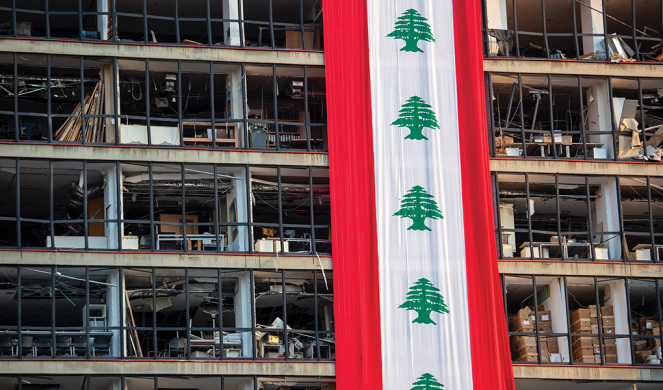
OUTSIDE THE PORT ITSELF, the historic heart of East Beirut took the most direct hit. The neighborhoods of Achrafieh—where Mallouh’s church is located—include Beirut’s largest and oldest churches, its up-and-coming arts and restaurant scene, and its best hospitals and universities. The mostly Christian residential areas are both poor and well-to-do, marking cosmopolitan diversity unique to Lebanon in the Arab world. The wife of the Dutch ambassador, looking out her embassy residence window in Achrafieh, was injured and later died.
Many Achrafieh residents remember Lebanon’s 100 days’ war with Syrian forces in 1978, when Christian militias defended the city in these same neighborhoods. Bullet holes are still visible in some buildings. “My parents hid me in a bathroom those 100 days while defending Achrafieh,” said Michel Salim Habib, who was 9 years old at the time. “We were bombed seven times, and it was nothing like this. This explosion we could not defend ourselves against.”
After the explosion, rubble left streets impassable for days. Smashed cars, piles of glass, and busted drywall sat in heaps near crumbled buildings along once-trendy Gemmayzeh Street. A week after the blast, cleanup crews picked through large glass shards and swept thousands of tiny fragments over pavement. The waterfall-like sound competed with the clamor of power saws and hammers.
Besides three of the city’s leading hospitals damaged and closed, at least four Christian schools need rebuilding, and most churches have significant damage. At the National Evangelical Church, the oldest Protestant church in Beirut and first led by a Lebanese, Pastor Habib Badr was in his office and took refuge behind a door just as glass shattered across his desk. Offices for Youth for Christ, International Ministries, and the Near East School of Theology also were damaged. At the Evangelical Christian Alliance Church just blocks from the port, the explosion demolished a second-story room surrounded by windows on three sides. Normally a Tuesday night prayer meeting begins at 6 p.m., but the coronavirus forced a change there and in many other places.
Mallouh’s congregation, like others, faces many injuries and damaged homes. One woman underwent five hours of surgery to remove glass shrapnel from her face. One mother is hospitalized with broken bones, her daughter receives treatment at another hospital, while her son is at a third, in a coma and unlikely to survive, doctors say.
Pastors such as Mallouh face the same dilemma: “We have limited funds, but we will help them.”
Church of God member Wilma Saloum hoped in September to begin her 29th year teaching English at Christian Teaching International. On Aug. 4 she had surgery for bulging discs at Wardieh Hospital near the port area. Two nurses had wheeled her into her room after the procedure, where her fiancé George Ghannam waited. “I had a panoramic view,” she told me of the blast’s mushroom cloud. One of the nurses died instantly. Ghannam was thrown against a door, bleeding from a head injury, while debris and glass covered Wilma and the other nurse. She disconnected Saloum’s IV tube, and the three made their way down a stairwell in the dark.
“There were people injured or dead on the floor, and blood everywhere. There was no one to help us. All the roads were blocked, no way to move really,” she said.
Strangers took them to hospitals so damaged they couldn’t accept patients before a friend got them to Sacre Coeur Hospital. Twelve days later, Ghannam remained in the ICU there with skull fractures, a broken elbow, and internal bleeding. “They say he will be OK but it will take time,” Saloum said.
Saloum’s 22-year-old daughter and 19-year-old son, university students, survived the explosion. But glass and wind shattered their fifth-floor apartment and smashed her car. The family now lives with Saloum’s sister. “My daughter is scared at any noise and is crying at night. Always she is scared.”
Saloum saw her surgeon five days later. “We had to meet outside as he doesn’t have an office anymore. He examined my stitches from the surgery and had to remove tiny glass pieces from between the stitches. But I will heal.”
Mallouh plans to work with local ministries to help restore his church families. But he echoed what I heard from many Christian leaders in Beirut: “We are tired.”
The 62-year-old has watched the Christian presence in Lebanon diminish, its access to political power and economic progress loosen even as it remains one of the more durable church communities in the Middle East. In 30 years leading the Church of God, he has seen his congregation drop in number and its families become poorer while militant Islamic groups draw closer. A car bomb at the church in 2007 also blew out windows and walls.
“I cried then,” Mallouh said. “Now I have no tears at all. It’s more anger because this is the result of negligence and lack of care for our people.”

ANGER OVER THE EXPLOSION has kindled solidarity among Lebanese unlike any previous crisis. “My government did this,” reads a sign on a concrete barrier facing the port wreckage. Residents believe the explosion is the result of years of endemic corruption.
An extensive document trail makes clear how the government knew for years—and neglected—to remove the nearly 3,000 tons of ammonium nitrate stored in Warehouse 12.
A Russian freighter sailed with the cargo in 2013, bound for an explosives company in Mozambique. For unclear reasons it docked in Beirut. A wage standoff between cargo owners and crew eventually led owners to abandon the vessel and port authorities to impound it.
Memos starting in early 2014 repeatedly warned customs officials, security officers, and eventually the country’s leaders about the shipment’s volatility. President Michel Aoun admitted he received a warning only weeks before the blast. That same report arrived on the desk of Prime Minister Hassan Diab, who sent it on to the Supreme Defense Council—yet no one acted.
The blast caps months of avid street protests over the country’s economic crisis and runaway inflation, all tied to a corrupt government held hostage by Hezbollah.
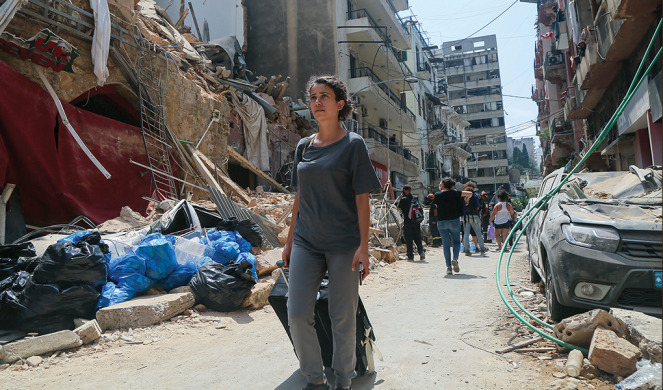
“The explosion of Aug. 4 was the icing on the cake of Lebanon’s miseries,” said Habib Malik, associate professor of history at American University of Beirut. “Economic crisis, currency collapse, the coronavirus pandemic, and the constant threat of a war between Hezbollah and Israel—all of that was staring at us up to Aug. 3, with root causes that are very clear.”
Those root causes are crony politicians who lead the sectarian government, with a constitution that apportions key positions among the country’s leading religious groups: The president is a Christian, the prime minister is a Sunni Muslim, and the speaker of Parliament is a Shiite Muslim. In recent years, Iran-backed, Shiite-led Hezbollah exercised growing control over all three. The militant group, a U.S.-designated terror group, has long operated as political power broker in Lebanon.
“Hezbollah gets political cover from all of them, including some Christians, and it gets to continue smuggling, money laundering, and stockpiling precision-guided missiles,” said Malik.
Anger spilled into massive protests the weekend following the blast, leading to hundreds more injuries for overwhelmed hospitals. The protesters stormed government buildings demanding political leaders resign. For the first time, they also called out Hezbollah. Using nooses, protesters hanged in effigy leader Hassan Nasrallah and others. Their slogan: “All of them gone means all of them.”
The Cabinet resigned Aug. 10, acknowledging the public anger and corruption, but whether such moves will bring real change remains in question.
Malik sees a silver lining to Beirut’s recent anguish. Three-fourths of Lebanese reject Hezbollah, he said, including many Christians, all Sunnis, and “a growing number of courageous Shiites.” Young Lebanese driving the push for change are “by and large secular” and are bent on rebuilding civil society, he said.
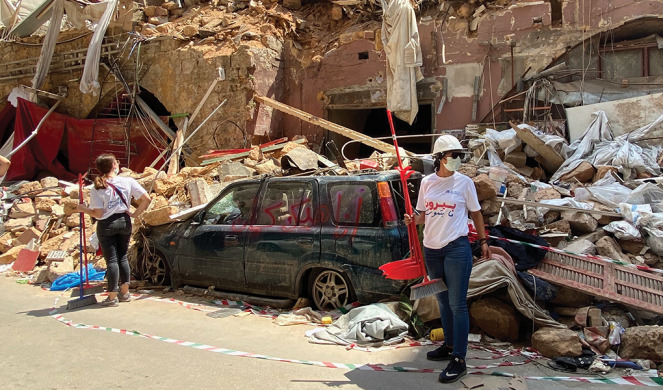
ON THE STREETS OF ACHRAFIEH, the public discontent also fuels cleanup efforts. The government failed to organize rubble removal, but day after day crews of young people showed up in the heat to clear streets and houses. Some wore matching T-shirts and carried brooms and pails. While they swept and piled debris, others set up tents and tables to serve food and water.
Work crews came from area churches, local ministries, charity groups, and groups formed out of the protest movement. Iraqi and Syrian refugees also served pita bread, kebabs, and water to cleanup crews.
“We bought brooms and whatever tools we could buy. We just headed out into the streets, we didn’t even know where, and we said, ‘Do you need help?’” explained Hicham Nassif, who started the Broom Brigade with wife Julie Tegho, an anti-government organizer.
The couple divides time between their native Lebanon and the United States, where Nassif is an assistant professor of government at Claremont McKenna College. In the days following the explosion, their crew of 15 cleaned dozens of houses, helping elderly to find family photos among the rubble, clearing debris so people could sleep on their own floors.
“People are absolutely devastated by the absence of government help and its inability to prevent this disaster,” said Tegho. “They are angry, but also now they are ready for something new.”
The couple worry about the number of homes with structural damage. There’s no official inspection program, but engineers from the American University of Beirut have set up a hotline for residents to request an inspection by faculty members.
At St. Maroun Maronite Catholic Church, Father Richard Abi Salih apologizes for his damp T-shirt and obvious fatigue. His church is damaged from the blast, with windows out and the upstairs floors buckled where Abi Salih’s own apartment is.
Yet the church sits full of relief supplies—5-gallon water jugs, flour sacks, boxes of oil, and other food items.

A crew of 300 St. Maroun volunteers delivers food kits throughout Abi Salih’s diocese of 1,400 families.
Nearly every family has a gutted home in this area of Achrafieh, Abi Salih said, and 42 of his parishioners died. Over two days, he buried 38.
“How were you able to do that?” I asked.
“I don’t know,” he replied. “I don’t have an answer. I don’t have time to think, I am just doing.”
Abi Salih restarted Mass services—all livestreamed on Facebook—just days after the blast and tries to keep up with the needs of so many now homeless. Many have relocated, but some won’t leave. Maurice is one, a 70-year-old living alone. He refused an offer of shelter because he fears he will lose his apartment. So he sleeps on the street, and Abi Salih checks on him.
Having survived the explosion, many residents worry about losing their homes in the aftermath. Older buildings have some form of rent control, which may give landlords more incentive to sell the property than to fix it.
“It’s something to celebrate that so many are offering to shelter, feed, and restore these families, but it will take moving on from these early volunteers to the heavy lifting of actually rebuilding,” said Camille Melki, the Lebanese director of Heart for Lebanon, a U.S.-based charity that’s been working in Lebanon for 14 years. Melki believes a concerted effort by donor countries, NGOs, and churches will be needed to rebuild areas like Achrafieh. And that the rebuilding is essential to preserving Lebanon’s Christian community.
Melki sent out five crews to help with cleanup in the week after the blast but launched a campaign in late August to begin long-term repairs for Christian schools, damaged homes, and churches, including Mallouh’s Church of God.
To begin those long-range efforts, Melki and other area ministries held a prayer meeting with Arab Baptist Theological Seminary (its dorm facilities are housing displaced families while seminary classes are held online) on Aug. 14. About 40 pastors and ministry leaders gathered on campus to sing and pray. Hikmat Kashouh, senior pastor of Resurrection Church Beirut, said: “We come with a broken heart and a holy anger.”


